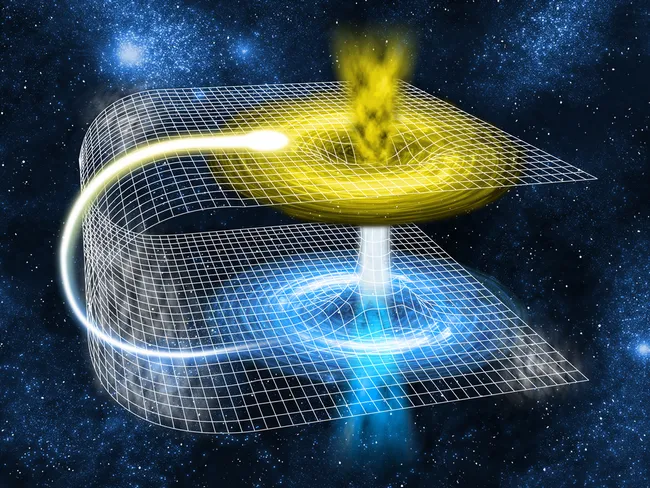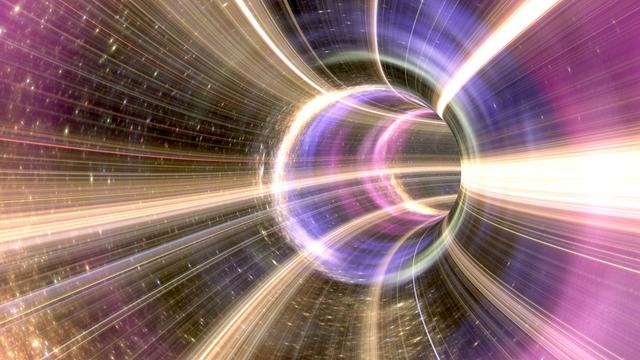Could Tiny Wormholes Be the Key to Dark Energy? In the vast and mysterious universe, dark energy has remained one of the greatest enigmas in modern physics. For decades, scientists have puzzled over this invisible force driving the accelerating expansion of the universe. While numerous theories have been proposed, a recent study offers a fascinating new candidate: tiny, subatomic wormholes that may be punching holes in the fabric of space-time.
Recent research published in *Physical Review D* proposes that countless microscopic wormholes could be responsible for the dark energy effect we observe in the universe. These wormholes, far smaller than a proton, may form and collapse constantly, creating a dynamic process that pushes the universe to expand at an accelerating rate. According to the researchers, the idea is that these wormholes connect different points in space and time, but they are so small and short-lived that they would be practically undetectable by current means.
The study, conducted by an international team of physicists, suggests that the universe could be filled with around ten billion wormholes per cubic centimeter, each one contributing to the universe’s expansion. As Stylianos Tsilioukas, a co-author of the study and a doctoral student at the University of Thessaly, pointed out, this theory aligns with observations of the universe’s expansion, which appears to vary over time.
Dark energy has been a central question in cosmology since the late 1990s, when astronomers first discovered that the universe’s expansion is not slowing down, as once thought, but is instead speeding up. To explain this phenomenon, scientists introduced the concept of dark energy, an unknown force that permeates all of space. However, the nature of dark energy remains elusive.
The wormhole theory is intriguing because it offers a new perspective on dark energy. If these tiny wormholes exist and are indeed driving the universe’s expansion, it could revolutionize our understanding of the cosmos. This idea challenges the traditional view that dark energy is a static force and instead suggests that the properties of dark energy might change over time, depending on the formation and destruction of these wormholes.

The researchers’ calculations are rooted in a branch of physics known as Euclidean quantum gravity, which attempts to describe the gravitational field at the quantum level. This framework allowed the team to estimate the number of wormholes and their potential impact on the universe’s expansion.
The concept is still theoretical, but it provides a possible explanation for why the rate of expansion might have been different in the early universe compared to now.
However, this theory is still in its infancy. As Tsilioukas and his team work to refine their models and predictions, the scientific community remains cautiously optimistic. More research is needed to test the viability of this idea and to explore how it could be observed or measured in the real universe.



















